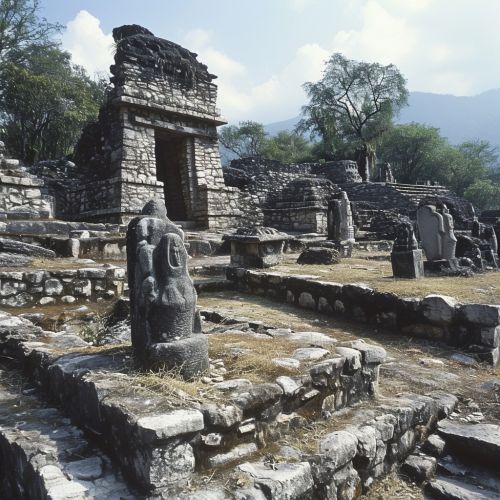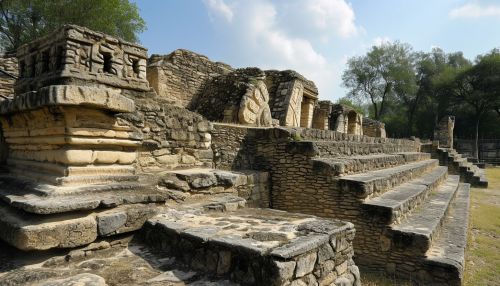Huastec civilization
Introduction
The Huastec civilization was a pre-Columbian civilization that existed in the Mesoamerican region, specifically in the eastern part of Mexico. It is named after the Huastec people, who are the modern-day descendants of this ancient civilization. The Huastec civilization is known for its unique art and architecture, as well as its complex social and political structures.


Geography
The Huastec civilization was located in the northeastern part of Mesoamerica, a region that extends from central Mexico to northern Costa Rica. The Huastec region is characterized by its diverse ecosystems, ranging from coastal plains to mountainous highlands. This geographical diversity greatly influenced the Huastec civilization's economy, culture, and social organization.
History
The Huastec civilization emerged around 500 BCE, during the Formative Period of Mesoamerican history. The civilization reached its peak between 600 and 900 CE, during the Classic Period. The Huastec civilization declined after the arrival of the Aztecs in the 15th century, but the Huastec people continued to maintain their distinct culture and language.
Society and Culture
The Huastec civilization was characterized by its complex social structure, which was divided into various classes, including nobles, priests, warriors, merchants, and commoners. The society was ruled by a king, who was considered a divine figure and had absolute power.
The Huastec civilization had a rich culture, with a unique art style that is distinct from other Mesoamerican civilizations. The Huastecs were also known for their music and dance, which played a significant role in their religious ceremonies.
Religion
The Huastec civilization practiced a polytheistic religion, worshipping a pantheon of gods and goddesses. The most important deity in the Huastec pantheon was the Earth Goddess, who was associated with fertility and agriculture. The Huastecs also believed in the existence of an afterlife, and they practiced elaborate burial rituals.
Economy
The economy of the Huastec civilization was based on agriculture, with maize being the primary crop. The Huastecs also cultivated other crops, such as beans, squash, and chili peppers. In addition to agriculture, the Huastecs engaged in trade with other Mesoamerican civilizations, exchanging goods such as pottery, textiles, and obsidian.
Decline and Legacy
The Huastec civilization began to decline in the 15th century, following the arrival of the Aztecs. Despite this, the Huastec people managed to maintain their distinct culture and language. Today, the Huastec civilization is remembered for its unique art and architecture, as well as its contributions to Mesoamerican culture and history.
